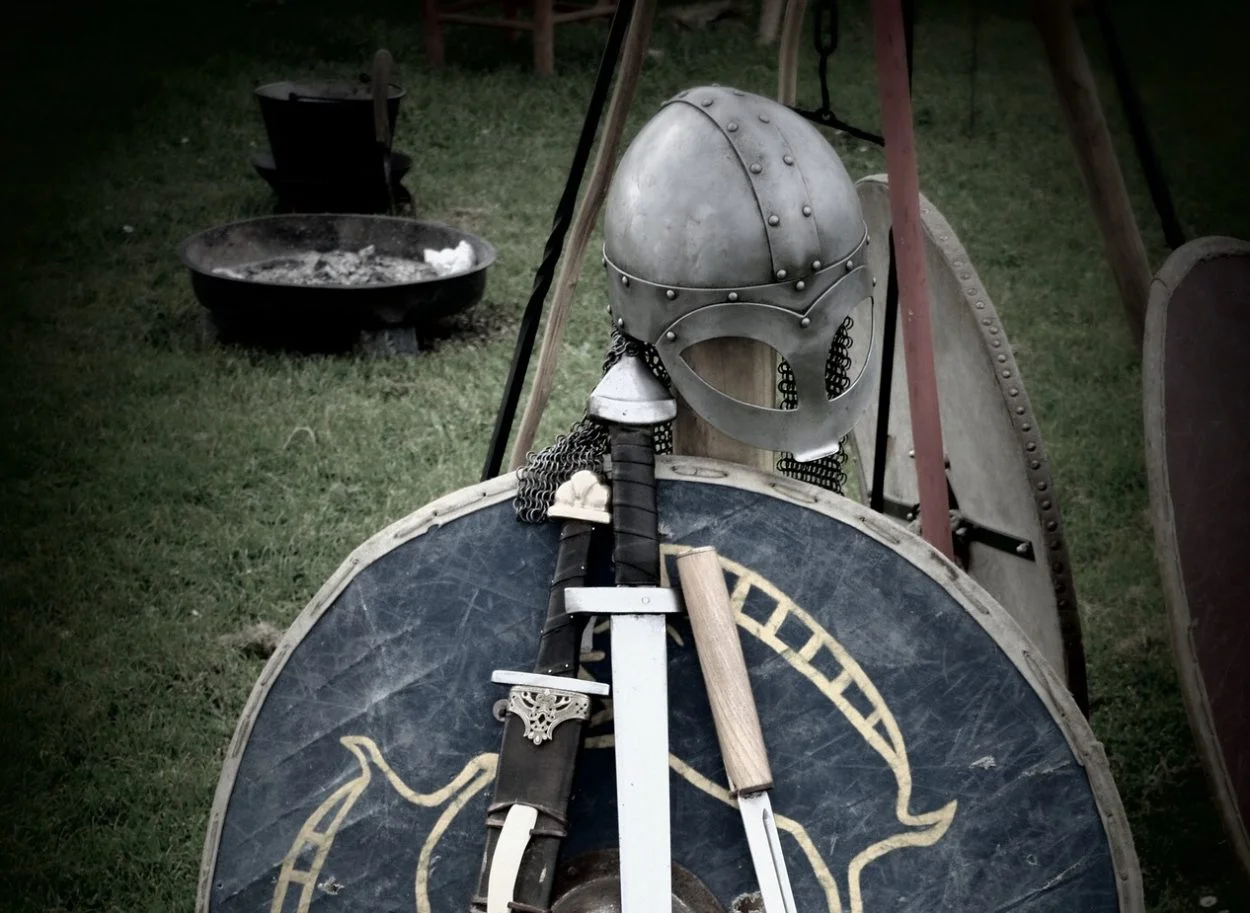The evolution of metalwork expertise and craftsmanship developed by Viking craftspeople in Denmark in the 8th and 9th centuries has been detailed in a study published in Archaeological and Anthropological Sciences.
A team of researchers at Aarhus University, Denmark, analysed tool fragments, raw materials such as metal bars, and complete objects such as keys and brooches, excavated from two sites in the town of Ribe, Denmark, a trading port established by Vikings in the eighth century.
The authors examined 1,126 samples of metalworking tools (crucibles and moulds), 24 keys and brooches, and 24 metal bar ingots and fragments of spare metal. By analysing samples from the surface of tools and identifying metallic traces contained in them, as well as examining the metallic composition of finished objects, the researchers were able to infer which metals were used to make these objects.
Dr Vana Orfanou, lead author, said: “Analysing both tools and finished objects allowed us to understand better the metalwork practices employed in Ribe and how they developed over time. We document a series of rapid technological advances at the beginning of the Viking age, as craftspeople were exposed to new skills. Our findings suggest that Viking craftspeople in Ribe were innovative and industrious, advancing from mixing metals somewhat randomly to refining their process and creating very specific metal mixes, within a century.”
The metallic composition of objects dated to the eighth century suggests that Viking craftspeople at the time combined metals into mixes, or alloys, that contained two or more metals. However, these alloys were not produced by combining materials in a consistent manner, whereas the alloys of objects dated to the ninth century were more standardised and consistent. While in the eighth century, leaded brass was a common component, by the ninth century high-zinc brass, was more widely used. This development suggests that alloy mixes changed over time, possibly to improve quality and appearance.
The authors also investigated what specific metal objects were made of. Across the eighth and ninth centuries, leaded alloys were used for practical objects, such as keys. The authors speculate that this was because leaded alloys are easier to cast into moulds. Brass was found across the eighth and ninth centuries mostly in decorative brooches, possibly because it looked more ornamental due to its bright golden colour.
Bars of metal, known as ingots, that were melted to create objects were also found in Ribe. While it is difficult to establish if the ingots were made in Ribe as they lack distinctive features and are similar to those found in Hedeby, another Viking town, the authors speculate that these ingots may have been traded between settlements.
The authors’ analyses also suggest that just like developing their alloys over time, Ribe craftspeople improved their tools. Crucibles – clay cups for melting metals over fire – and the way they were made were key to the efficiency of metalworking processes. The authors found that in the ninth century, craftspeople adopted a different, more heat-resistant clay for their crucibles, which would last longer.
The changes and improvements in craftsmanship in Ribe may indicate that craftspeople learned from previous generations, or from travelling contemporaries who brought with them techniques practiced in other Viking settlements, such as Hedeby.
Dr Orfanou said: “The Viking Age is a critical turn in history when communication by sea grew exponentially in Northern Europe. The evolution of crafts gives us unprecedented knowledge about the cultural and social consequences of this well-known case of “proto-globalization”. Read full article
Header Image Credit : Public Domain





